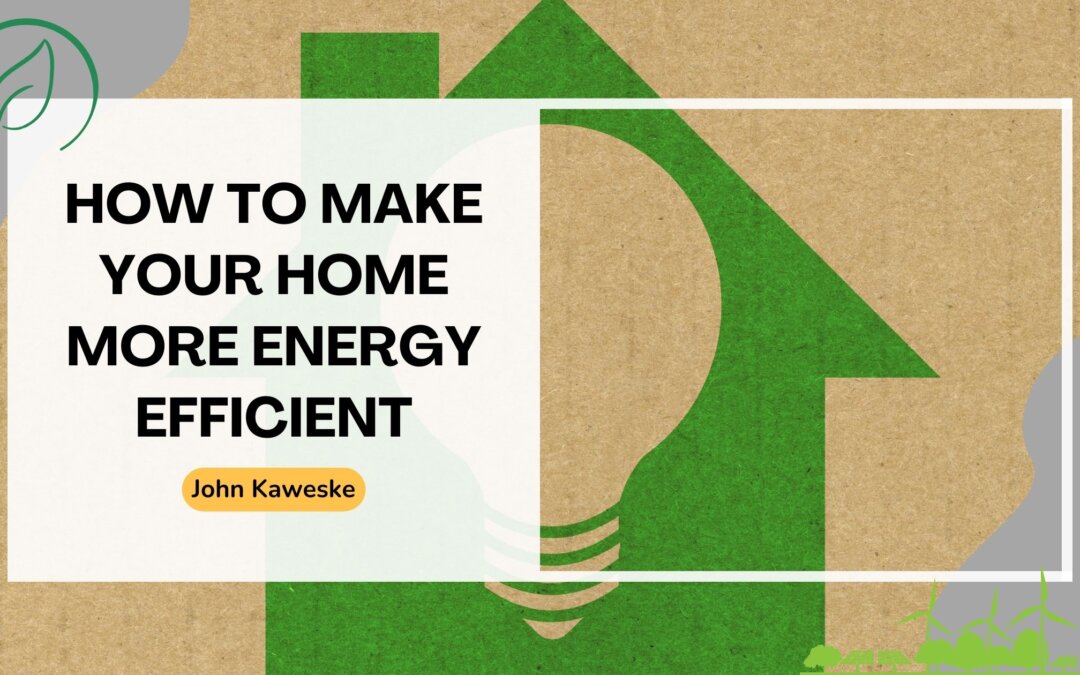Making your home more energy-efficient is not only beneficial for the environment but also for your wallet. Reducing energy consumption can lead to lower utility bills and a smaller carbon footprint. Here are some practical tips on how to make your home more energy-efficient:
Upgrade to LED Lighting:
Replace traditional incandescent bulbs with energy-efficient LED lights. LED bulbs use less energy, last longer, and produce less heat, making them cost-effective and eco-friendly lighting options.
Seal Air Leaks:
Inspect your home for air leaks around windows, doors, and other openings. Seal any gaps or cracks with weatherstripping or caulking to prevent drafts and heat loss during winter and keep cool air inside during the summer.
Install a Programmable Thermostat:
A programmable thermostat allows you to set different temperatures for various times of the day. This enables you to reduce heating or cooling when you are away or asleep, saving energy and money without compromising comfort.
Maintain HVAC Systems:
Regularly service and clean your heating, ventilation, and air conditioning (HVAC) systems to ensure they operate efficiently. Replace air filters regularly to prevent clogs and improve airflow, which helps your HVAC system work more efficiently.
Use Energy-Efficient Appliances:
When it’s time to replace old appliances, opt for Energy Star-certified models. Energy-efficient appliances use less electricity and water, lowering utility bills and reducing environmental impact.
Install Solar Panels:
Consider installing solar panels to harness renewable energy from the sun. Solar power can significantly reduce your reliance on grid electricity, leading to long-term cost savings and a greener energy source.
Use Smart Power Strips:
Plug electronic devices and appliances into smart power strips that automatically shut off power when not in use. This prevents energy wastage from “phantom loads” and saves electricity.
Utilize Natural Lighting and Ventilation:
During the day, open curtains and blinds to allow natural light into your home. Similarly, use natural ventilation by opening windows to cool your home instead of relying solely on air conditioning.
Use Energy-Efficient Landscaping:
Plant trees and shrubs strategically around your home to provide shade in the summer and act as windbreaks in the winter. This can help regulate indoor temperatures and reduce the need for heating and cooling.
Making your home more energy-efficient is a practical and rewarding endeavor. Implementing these tips can lead to significant energy savings, lower utility bills, and a reduced environmental impact. By adopting energy-efficient practices, you contribute to a more sustainable future while creating a comfortable and cost-effective living space for yourself and your family.

